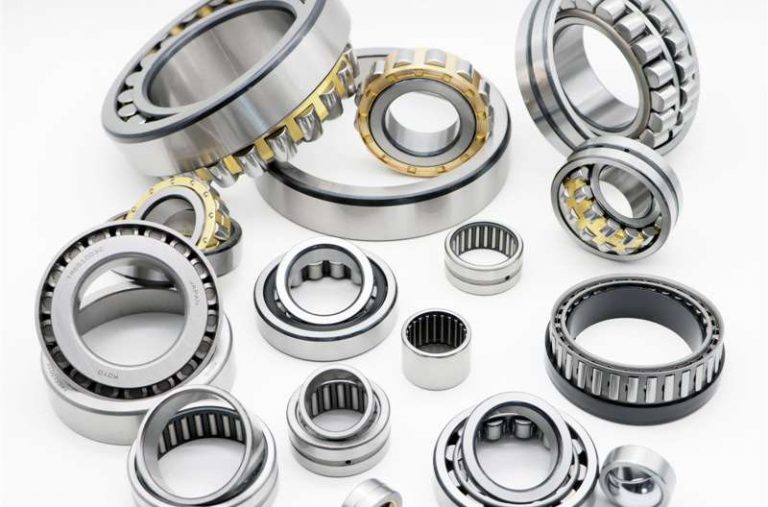Understanding Bearings
Understanding Bearings
Blog Article

Imagine a factory floor where machinery runs smoothly, producing goods at a steady pace. Suddenly, a bearing failure brings the operation to a halt. This scenario not only results in costly downtime but also highlights the critical importance of effective bearing maintenance. Bearings are the unsung heroes in many mechanical systems, and understanding how to care for them can significantly enhance their lifespan and performance.
Understanding Bearings
Bearings support the rotating parts in machines, reducing friction between moving components. They come in various types, including ball bearings, roller bearings, and tapered bearings, each designed for specific applications. The selection of the correct bearing type is crucial, but equally important is the maintenance that follows. Neglecting maintenance can lead to premature failure, affecting not just the bearings, but the entire machinery they support.
Common Signs of Bearing Wear
Recognizing the signs of bearing wear early on can save time and money. Some common indicators include unusual noises, excessive heat, and vibration. For instance, if you start hearing a grinding or whining sound coming from a machine, it may be a signal that the bearings are failing. Similarly, if the machine feels unusually hot during operation, it could indicate a lubrication issue. Regular monitoring and quick response can mitigate these problems.
[IMAGE]
Essential Bearing Maintenance Tips
Implementing a robust maintenance routine can significantly prolong the life of your bearings. Here are some Bearing maintenance tips to consider:
1. Regular Inspection
Conduct regular inspections to check for signs of wear or damage. This includes examining the bearing housing and the shaft for any irregularities. A thorough inspection every few months can help catch issues before they escalate.
2. Proper Lubrication
Lubrication is vital for reducing friction and wear. Depending on the type of bearing, you may use grease or oil. Ensure that you are using the appropriate lubricant and follow the manufacturer's recommendations regarding the frequency and amount of application. Over-lubricating can be just as harmful as under-lubricating.
3. Maintain Cleanliness
Keeping the bearings clean is essential. Contaminants like dirt and debris can lead to premature wear. Use proper sealing and shielding methods to protect the bearings from external particles. When performing maintenance, ensure that tools and hands are clean to avoid introducing contaminants.
4. Monitor Operating Conditions
Bearings operate best under specific conditions. Excessive load, misalignment, and temperature fluctuations can all impact their performance. Regularly monitor these operating conditions and make adjustments as necessary to maintain optimal performance.
5. Train Your Team
Educating your team about the importance of bearing maintenance and best practices can lead to better outcomes. Training can help staff recognize early signs of wear and ensure that maintenance tasks are performed correctly and consistently.
Conclusion
Effective bearing maintenance is not just about extending the life of the bearings themselves, but also about ensuring the overall efficiency of your machinery. By implementing these maintenance tips, you can minimize downtime and enhance productivity in your operations. Whether you are managing a factory or maintaining equipment at home, the principles of bearing care remain the same.
Report this page